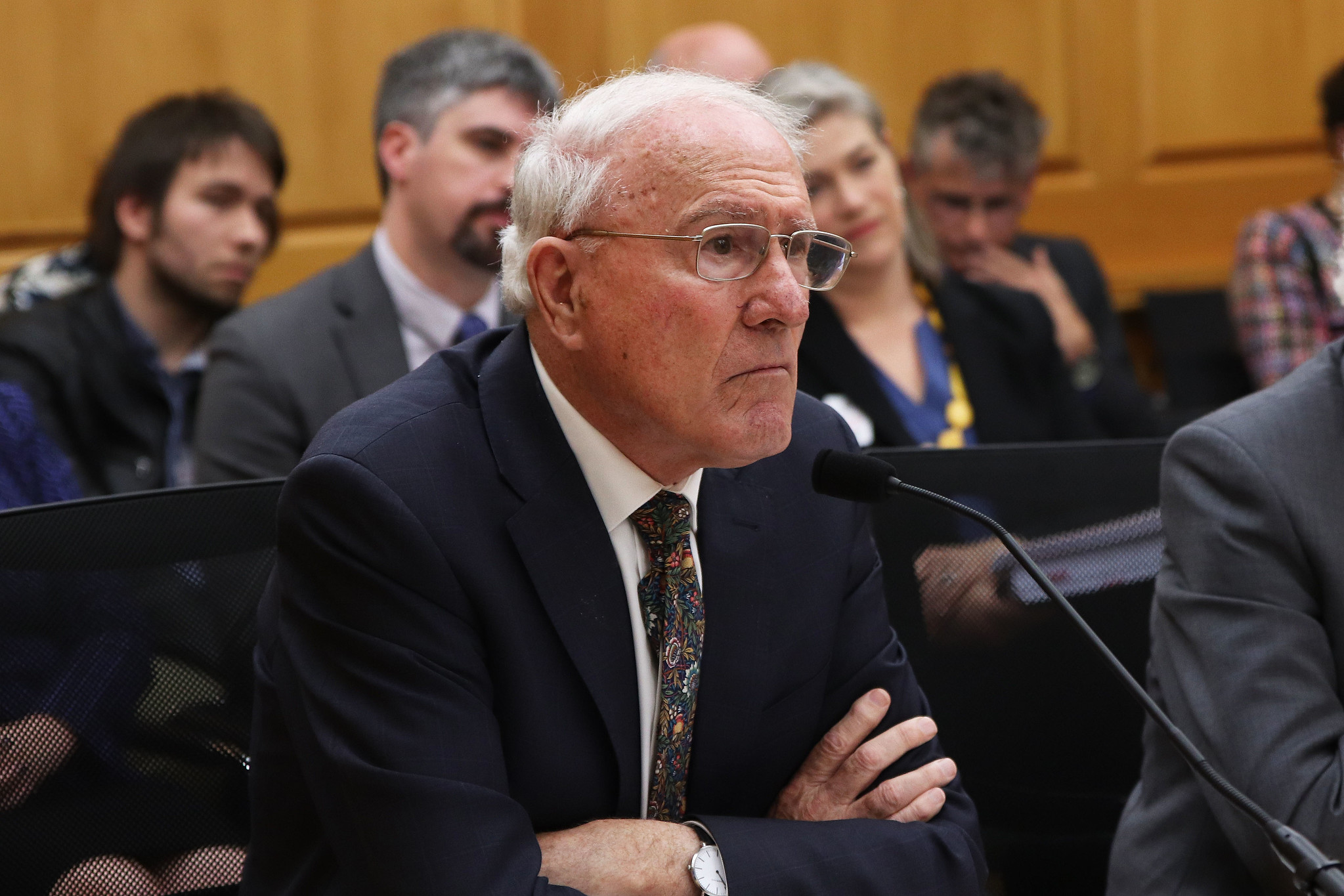- 5 Posts
- 10 Comments

 4·16 days ago
4·16 days agoYeah, it’s all fallen out of patent and generics are available. Dr. John David Sinclair did a lot of research in the 80s and devised “The Sinclair Method”. I’ve seen it work to disrupt decades of entrenched behaviour. It might not be the silver bullet but it’s definitely a stepping stone in the right direction.
The winning point from my perspective is that the person is usually instructed to take the pill and continue to drink normally, which almost anyone is willing to try. Continued drinking is actually how the pill works, it dulls to “reward” which means that the drinking behaviour isn’t reinforced. Over time, the brain rewires itself to forget that “alcohol = good”. The drinking behaviour must continue to achieve the rewiring. Then over time, the person just stops caring about alcohol so much.
There’s a TEDx talk if you want to hear someone talking about their personal experience: https://www.youtube.com/watch?v=6EghiY_s2ts

 2·21 days ago
2·21 days agoBut in New Zealand, despite efforts by governments, councils and individuals, sustained increases in the use of alternative modes of transport remain elusive.
The article links to a 2023 Auckland census. Anecdotally, when I ask my Auckland friends if they ride to work, they share horror stories about riding in the city.
The article then goes on to showcase a success story in Christchurch where the council invested in cycle ways and better transit while the university also worked to encourage alternative modes of transportation.
Perhaps they the article should have said “Auckland” instead of “New Zealand” in that sentence.

 1·2 months ago
1·2 months agoThe report is worth a read: https://www.covid19lessons.royalcommission.nz/reports-lessons-learned/main-report/

 930·2 months ago
930·2 months agoIn Chapter 8, the report goes on to talk about how hurting their poor little feelings debased the authority of the government and the authors offer suggestions on how to do mandates better during the next pandemic.

 1130·2 months ago
1130·2 months agoFrom the report:
Contentious public health measures like vaccine mandates wore away at what had initially been a united wall of public support for the pandemic response; along with the rising tide of misinformation and disinformation, this created social fissures that have not entirely been repaired.

 9·2 months ago
9·2 months agoIt’s only fair to mention that I took the bite out of the pizza. It didn’t come that way.
I am mostly just surprised at how few mushrooms there are.

 2·2 months ago
2·2 months agoYou’re right. They were looking for something like breath testing for alcohol. You can see that in the bill history.
On legislation.govt.nz, you can see the legislative history under the “View whole” tab.
Legislative history
- 30 July 2020: Introduction (Bill 317–1)
- 4 August 2020: First reading and referral to Transport and Infrastructure Committee
- 17 June 2021: Reported from Transport and Infrastructure Committee (Bill 317–2)
- 11 August 2021: Second reading
- 16 February 2022: Committee of the whole House (Bill 317–3)
- 8 March 2022: Third reading
- 11 March 2022: Royal assent
If you go back through all the versions and amendments, you can see they originally tried to introduce a saliva test. The transport minister then recommended blood tests. One could speculate that was due to research and submissions.
Committee of the Whole House included amendments to use saliva only as an indicator of use, while relying on blood tests to measure levels. This enables officers to administer compulsory road-side oral swabs as a precursor to taking someone in for a blood test.
Section 71A “Who must undergo first oral fluid test”, which includes “a driver of, or a person attempting to drive, a motor vehicle on a road”. This enables random roadside testing without a specific reason. This was acknowledged as a violation of NZBORA which was deemed in the public interest by the Land Transport Act 1998.
So, if you drive a car in any mental state, get ready for the cops to stick stuff in your mouth.

 5·2 months ago
5·2 months agoFrom Schedule 5 of the legislation:
- 3 ng/ml is the “high-risk blood concentration level” for THC.
- 1 ng/ml is the “tolerance blood concentration level” for THC.
What is the difference?
Medsafe says:
Schedule 5 has two blood concentration levels for each listed qualifying drug: tolerance and high-risk.
Exceeding the lower level (tolerance) is an infringement and could result in a fine or licence demerit points.
Exceeding the higher level (high-risk) could result in a criminal charge and the driver may be disqualified from driving or sentenced to prison.
To get an idea of what other countries are doing see https://www.ncids.org/2021/marijuana-impairment-faq/
How long can THC be detected in the blood after ingestion of marijuana?
“Low THC levels of a few nanograms per milliliter (ng/ml) in blood can result from relatively recent use (e.g., smoking within 1 – 3 hours) when some slight or even moderate impairment is likely to be present, or it can result from chronic use where no recent ingestion has occurred and no impairment is present.” - Compton at p. 7.
Don’t get me wrong. I don’t want to be on the road with a bunch of stoned people but it seems pretty bleak to me. A medical user could definitely hit 1ng/ml without being impaired.
There is another RNZ story on this from 11 Oct.

 4·3 months ago
4·3 months agoI really like:
Okay kids, we’re going to take a nap and then when we wake up we’re going to clean the house!
They nap for ages…



Reminds me of the 2015 film “The 5th Eye”
From imdb:
See the trailer at NZ On Screen.